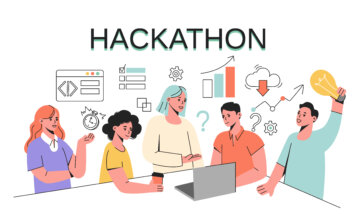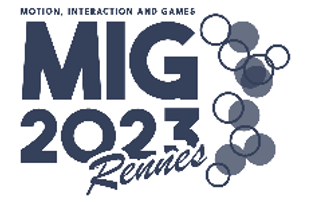A new journal paper has been published 22/11
Title
Biases in BCI experiments: Do we really need to balance stimulus properties across categories?
Authors
Luca La Fisca, Virginie Vandenbulcke, Erika Wauthia, Aurélie Miceli, Isabelle Simoes Loureiro, Laurence Ris, Laurent Lefebvre, Bernard Gosselin and Cyril R. Pernet
Abstract
Brain Computer Interfaces (BCIs) consist of an interaction between humans and computers with a specific mean of communication, such as voice, gestures, or even brain signals that are usually recorded by an Electroencephalogram (EEG). To ensure an optimal interaction, the BCI algorithm typically involves the classification of the input signals into predefined task-specific categories. However, a recurrent problem is that the classifier can easily be biased by uncontrolled experimental conditions, namely covariates, that are unbalanced across the categories. This issue led to the current solution of forcing the balance of these covariates across the different categories which is time consuming and drastically decreases the dataset diversity. The purpose of this research is to evaluate the need for this forced balance in BCI experiments involving EEG data. A typical design of neural BCIs involves repeated experimental trials using visual stimuli to trigger the so-called Event-Related Potential (ERP). The classifier is expected to learn spatio-temporal patterns specific to categories rather than patterns related to uncontrolled stimulus properties, such as psycho-linguistic variables (e.g., phoneme number, familiarity, and age of acquisition) and image properties (e.g., contrast, compactness, and homogeneity). The challenges are then to know how biased the decision is, which features affect the classification the most, which part of the signal is impacted, and what is the probability to perform neural categorization per se. To address these problems, this research has two main objectives: (1) modeling and quantifying the covariate effects to identify spatio-temporal regions of the EEG allowing maximal classification performance while minimizing the biasing effect, and (2) evaluating the need to balance the covariates across categories when studying brain mechanisms. Having proved that the covariate effects can be separated from the categorical effect, our framework can be further used to isolate the category-dependent evoked response from the rest of the EEG to study neural processes involved when seeing living vs. non-living entities.
Link: https://www.frontiersin.org/articles/10.3389/fncom.2022.900571/full
ISIA Lab publications: https://opendata.umons.ac.be/en/publications/services/html/f105.html



